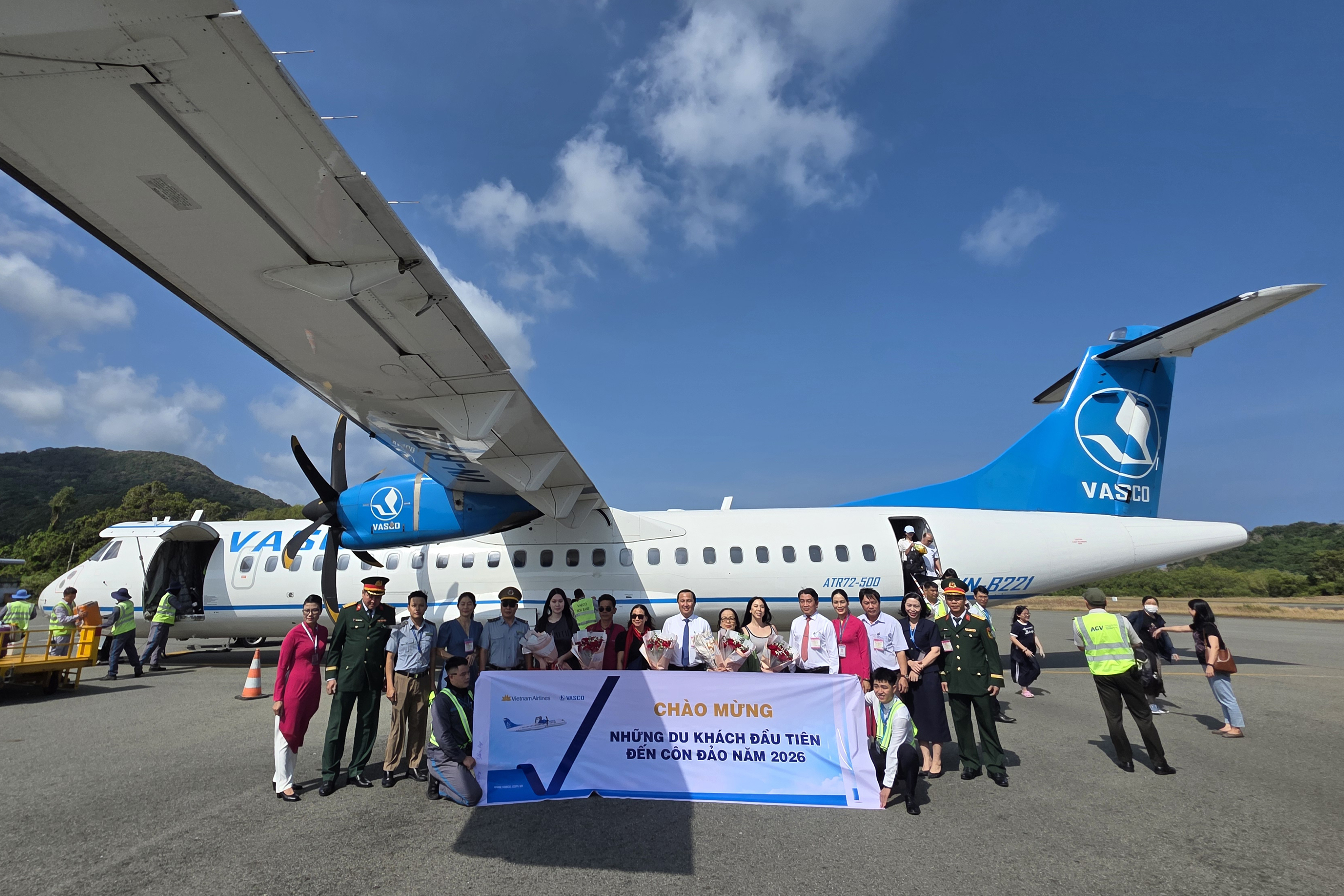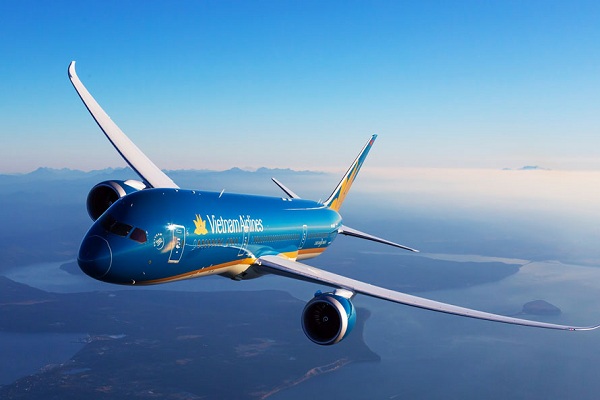Controlling airport slots
Airport arrivals and departures need to be controlled at busy airports. The slots system has been in place for many years to handle this, with guidelines and definitions from International Air Transport Association (IATA). It places airports into three categories depending on capacity and demand. These are:
- Level 1 (non-coordinated airport).
- Level 2 (slot facilitated airport). At level 1 and 2 airports, arrivals and departures are managed by the airport and through cooperation between airlines.
- Level 3 (coordinated airport). Slots are used at Level 3 airports.
According to IATA, as of Summer 2019, there were 205 slot coordinated airports globally. This covers 43% of global air traffic. The number of slot pairs is agreed upon and allocated to airlines at these airports. To schedule regular flights to and from that airport, an airline must have a slot pair.
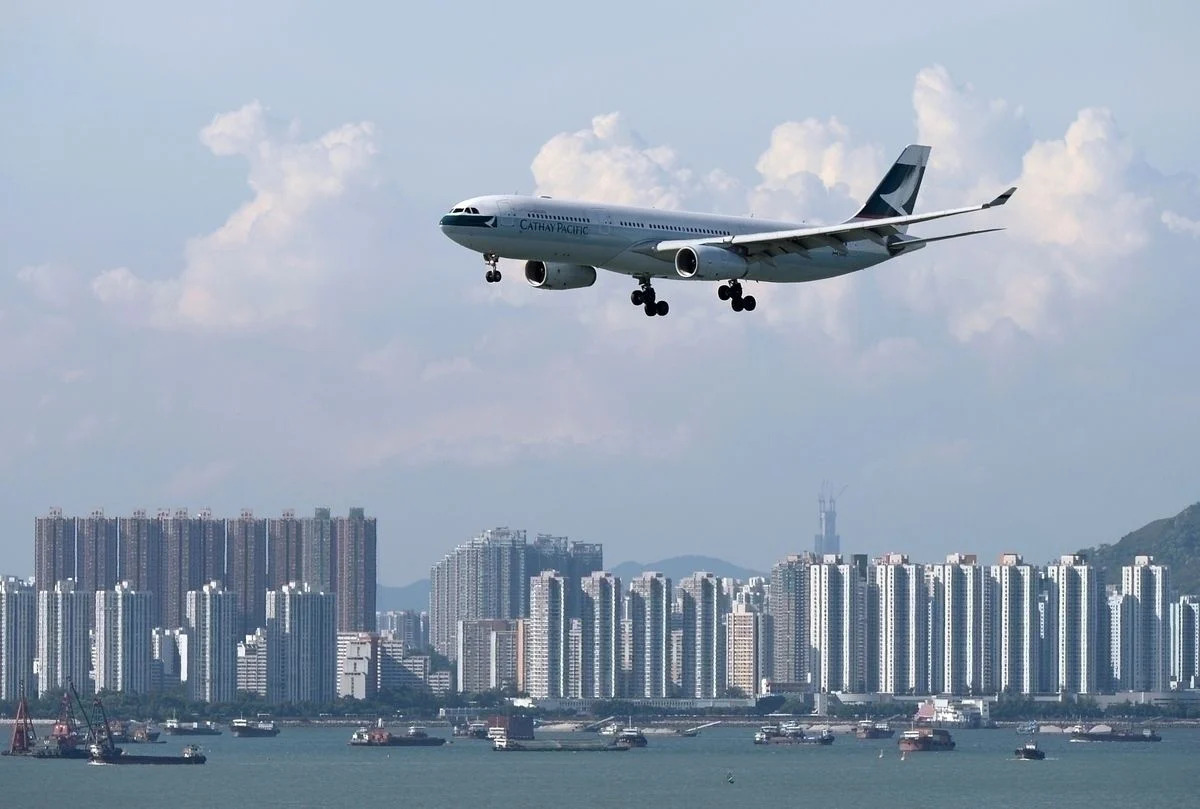
Before civil unrest and COVID-19, Hong Kong was one of the busiest airports. (Photo: Getty Images)
Allocating slots twice a year
IATA has a process in place to manage and re-allocate slots to airlines. This is known as Worldwide Airport Slot Guidelines (WASG). This is a global standard, which, according to IATA, ensures the following key results:
- Certainty of access.
- Flexibility to mix and match slots to meet operational challenges and changing market needs.
- Sustainability of costs.
- Transparency of allocation.
Key to slot allocations is a bi-annual review and re-allocation process. IATA defines a winter and a summer season each year. For the 2022 to the 2023 year, the Summer season begins on March 27th, 2022, and the Winter season starts on October 30th, 2022.
Airlines can have different slot allocations for each season, with historical precedence as the critical criteria in slot allocation. Airlines and airports must submit plans and requests in advance. A slot conference is held before the start of each season to finalize slot allocation and allocate slots for existing and new airlines.
Re-allocating slots
If airlines are not using slots sufficiently, they will be returned and re-allocated to other airlines. There are strict rules for slot usage that airlines must adhere to. Airlines must use the slots for at least 80% of each season in normal circumstances. Waivers have been in place for this during the pandemic.
An airline already holding a slot keeps it as long as it has sufficiently used it. Any available slots are allocated by this group – to both existing and new carriers. Early on, there were many cases of airlines flying empty flights to preserve slots, but slot waivers were put in place from the Summer 2020 season.
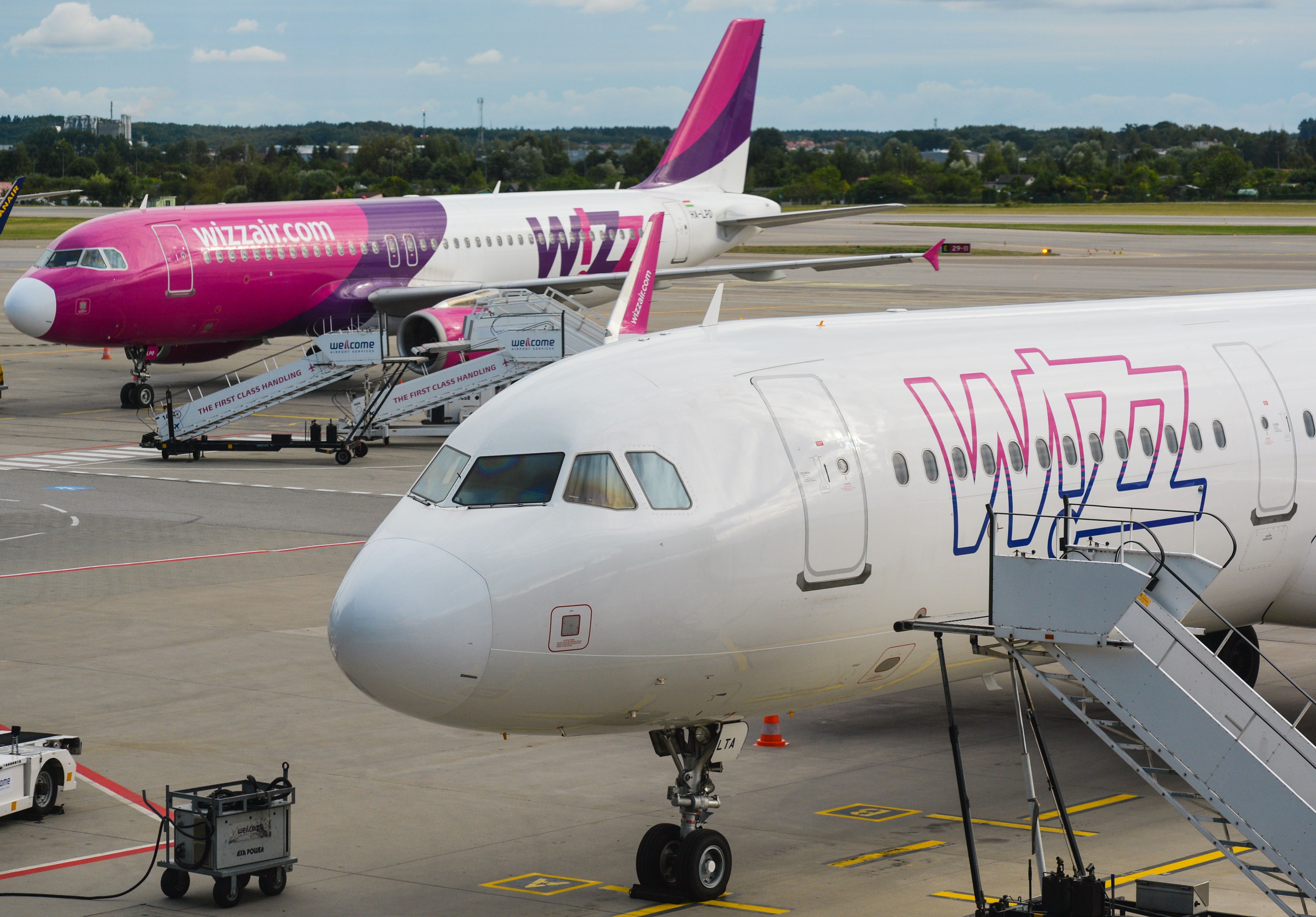
Wizz Air has opposed slot waiver extensions, citing limitations on expansion. (Photo: Getty Images)
This means that airlines have retained their existing slot allocations without meeting the 80% rules. These waivers remained largely in place for the winter 2021 season, but opinions differ on whether they should have been continually extended. Many airlines want them in place while capacity is reduced, but others (including Wizz Air) feel they are limiting growth. IATA admits that the slot process works well at most airports but is constrained by airport operating capacity and infrastructure.
There are rules in place to allocate a proportion of available slots to new entrants, and there is a focus on ensuring this. The problems lie at the busiest airports, where slots are simply not coming available. Referring to this, IATA explains its view, “It may not be perfect, but challenges to the WASG are disproportionately focused on London Heathrow and a very small number of other airports (Amsterdam, Hong Kong) that are essentially in a separate category that could be called super congested.”
Selling slots between airlines
Slot re-allocation works well only when there are slots available to be allocated. IATA does not sell or facilitate bidding for slots, but trade between airlines is permitted. Slots are a valuable airline asset at the busiest airports and are often traded.
As an extreme example, consider the purchase in 2016 of a pair of Heathrow slots by Oman Air from Air France-KLM for US$75 million. This was a much sought-after early morning arrival slot. Also, at London Heathrow Airport, Air New Zealand sold its slot pair (for less desirable times) in 2020 for NZ$42 million ($27 million) when it left the market. Not all slots are this expensive.
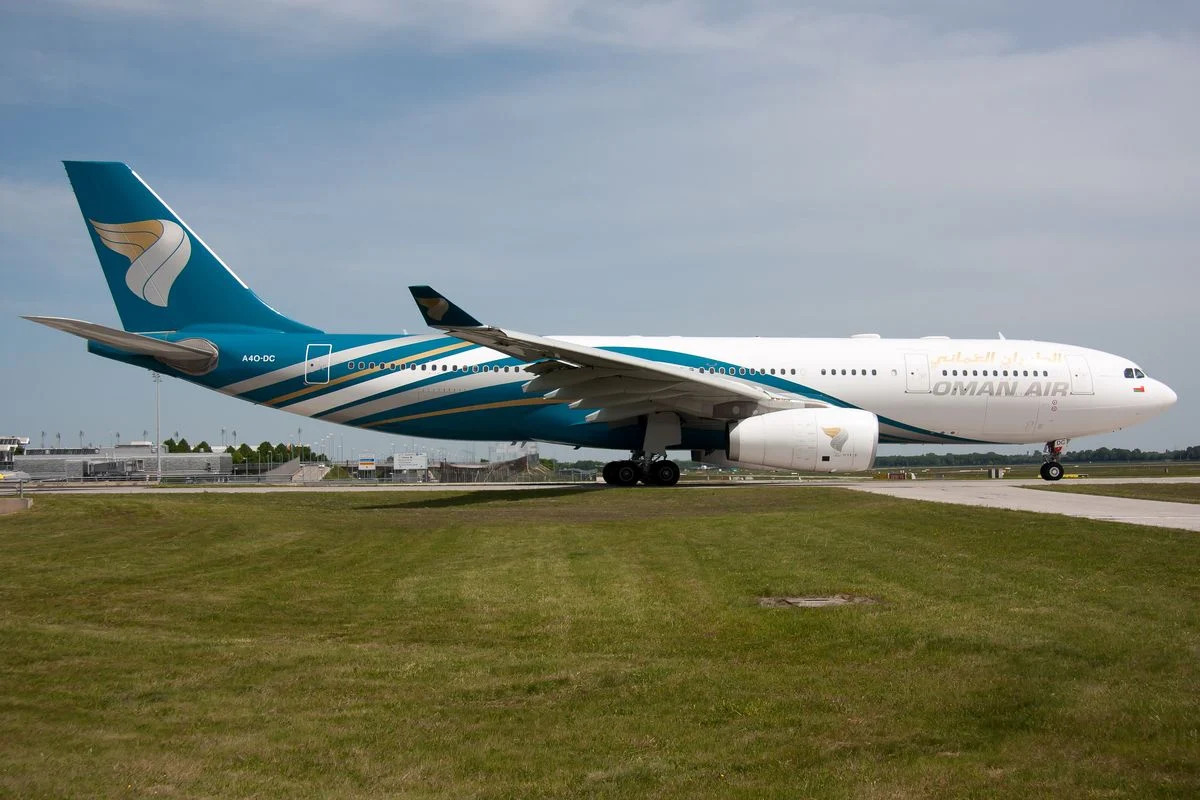
Oman Air paid a record price for a desirable early morning arrival slot at Heathrow. (Photo: Getty Images)
Their value depends on several things, including the airport use and capacity, the slot times, permitted turnaround time, and how frequently the airline needs to use the slot. Seasonality affects pricing too. They’ll price accordingly if an airport is at capacity over the peak season and half-empty over the off-season.
Clearly, the current system has its faults. Other slot allocation methods have been proposed – such as auction-based systems or congestion-based pricing, where airlines pay more to operate flights at peak hours. These options have their problems, and it is unlikely the current system will change soon.
Cre: Simple Flying
Nguyen Xuan Nghia – COMM





